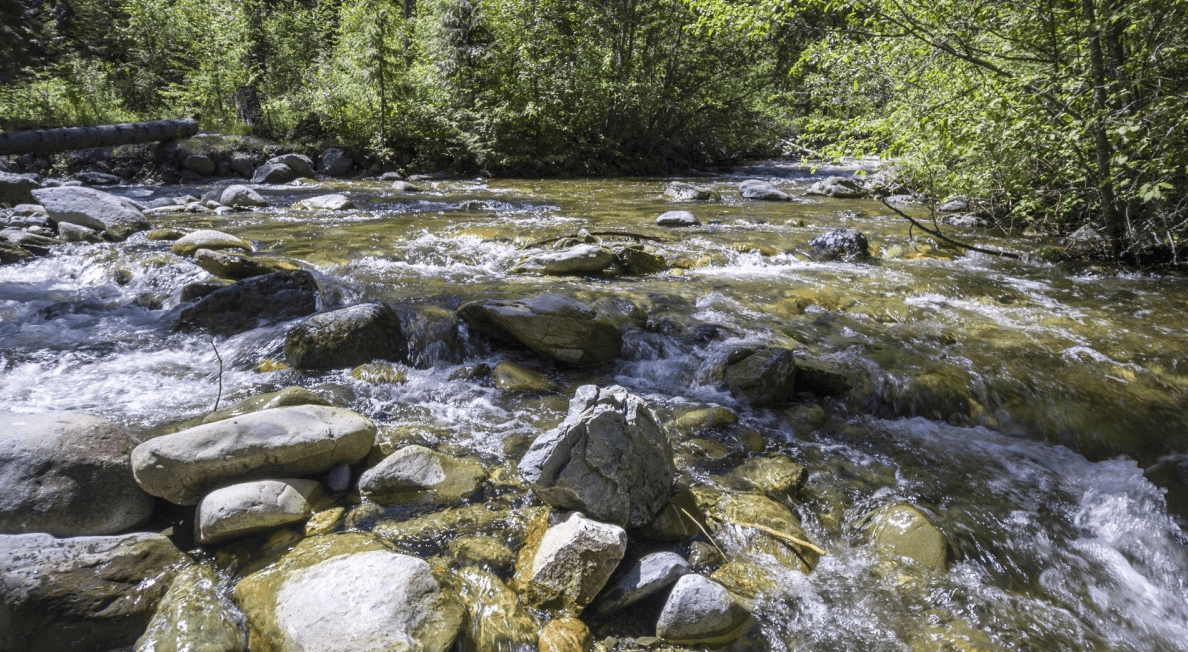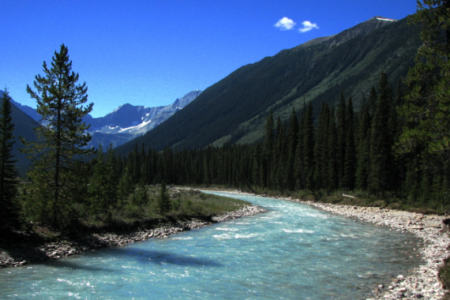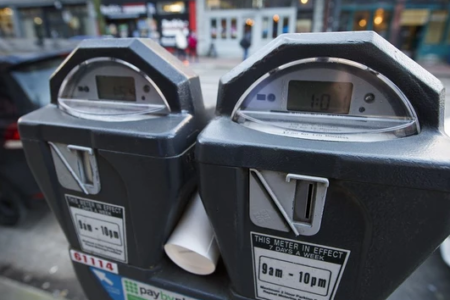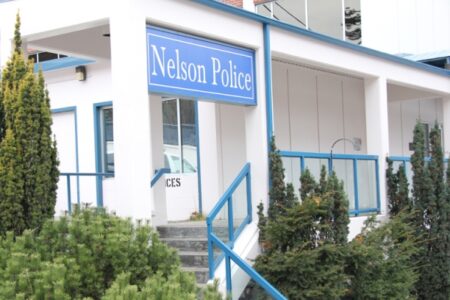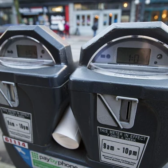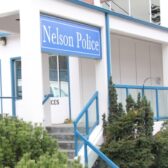City turns on tap for water use and supply in new and approved Water Master Plan
Power generation and using the lake to supplement city water head up the highlights of the course of direction charted by the newly minted water master plan, recently approved the city council.
The city’s Public Works department delivered the new Water Master Plan on Monday night during the first city council meeting of 2018, folding in some surprises and building upon the successes of the 2007 plan.
The updated 2017 Water Master Plan investigated the projected future water needs of the city — using a long-term growth rate of 0.6 per cent — pegging its 2066 population projections at 14,500.
One of the more surprising aspects of the updated master plan indicated that potential power generation options were available by developing the pipelines that would connect both existing and secondary sources of water to Mountain Station.
In addition, the plan suggested a business case be created for power generation during the planning and design of these pipelines.
Director of Public Works and Utilities, Colin Innes, said the updated Water Master Plan underscores the importance of retaining and protecting the Five Mile Creek Source, currently the city’s main source of water.
As well, in order to maximize flow from the creek, the plan also recommends increasing the diameter of the Five Mile Creek pipeline and realigning the routing of the pipeline.
The Five Mile Creek supply line is in reasonable condition but is undersized and is at risk of structural damage in the case of slope failure, said Innes
“Replacement of the Five Mile Supply line with a high pressure pipeline would allow for a realignment of the supply line, providing an opportunity for power generation and reduce the risk of slope failure.
The plan also lays out how centralizing the treatment of all existing water sources in Nelson — connecting Anderson Creek, Fell Creek and Selous Creek to the Mountain Station facility — would allow all existing sources of water to undergo the same level of treatment as the primary Five Mile Creek source.
“Currently there is insufficient space at either the Selous or Anderson intake locations to allow for the addition of sedimentation basins,” said Innes in his report to council.
UV disinfection — necessary for all water sources — would either involve the construction of two additional UV facilities, or the requirement that water from these creek sources be redirected to the existing treatment infrastructure at Mountain Station.
The operation and maintenance of separate treatment facilities would incur higher annual costs of operation and would represent an approach that would be more difficult to operate, Innes pointed out.
In addition, since treatment facilities require start-up and shutdown time, the reaction time required for multiple treatment locations to be properly adjusted in response to a significant water quality event would be delayed, he said.
The plan analizes a number of supplementary source options, including Clearwater Creek, Grohman Creek, Apex Creek and Kootenay Lake, extolling merits as well as a number of challenges associated with each source.
But using Kootenay Lake as a replacement water source (with a large filtration plant) could be the most viable option, Innes stated.
“Kootenay Lake has the ability to be the sole source of water (assuming suitable sized treatment plant) in all scenarios but represents a costly source to develop due to the need for a filtration plant,” he wrote in his report. The filtration plant represents a large capital investment and represents additional operating and pumping cost to the city.
In order to avoid the issue of boil water notices when the existing supplementary sources are utilized, it was recommended that the water from these sources be redirected to the sedimentation basin at Mountain Station (for centralized treatment).
Out with the old
The original 2007 Water Master Plan included the following recommendations, many of which have been realized:
- Develop a program to address aging water pipe infrastructure;
- Repair and upgrade the Five Mile Creek intake structure;
- Construct additional storage at the Fort Sheppard site;
- Embark on a leak detection program;
- Develop a public education program for water conservation;
- Update the Emergency Response Plan,
- Upgrade pressure reducing stations.
Implementation of these recommendations over the last 10-year period has resulted in the city upgrading and repairing infrastructure as well as promoting the conservation of water use. The outcome of these activities has been the decrease in water consumption.



